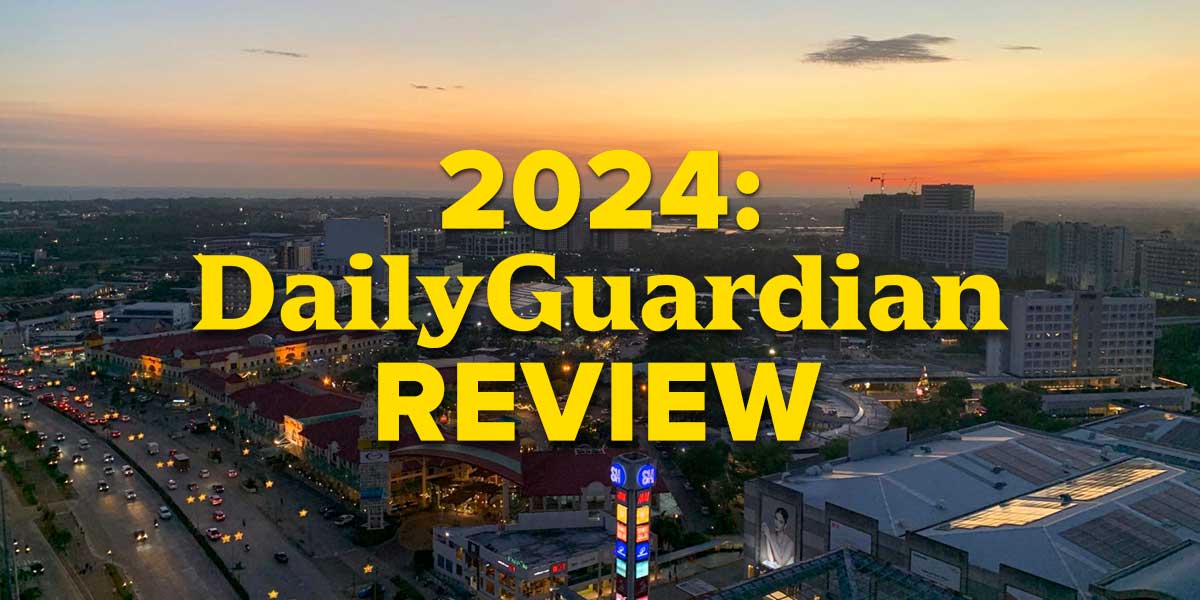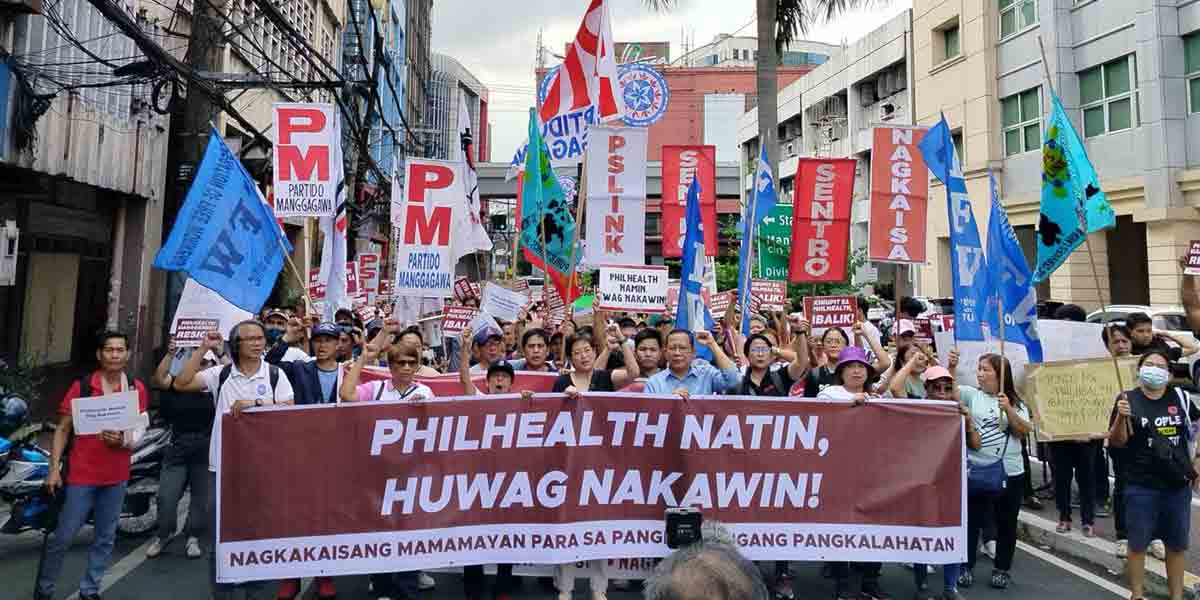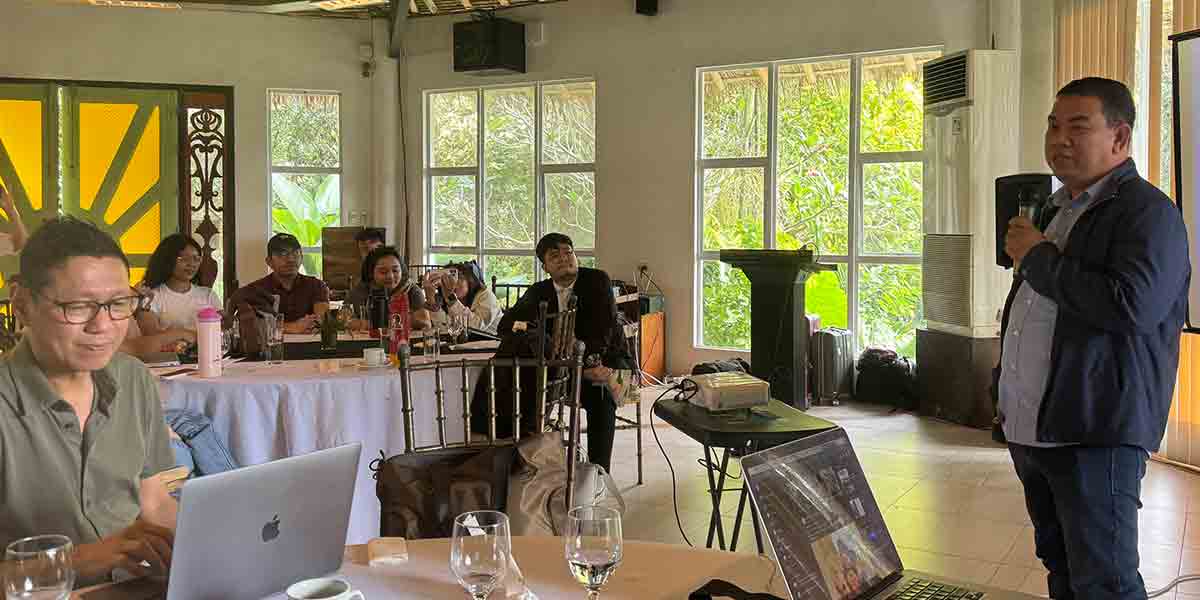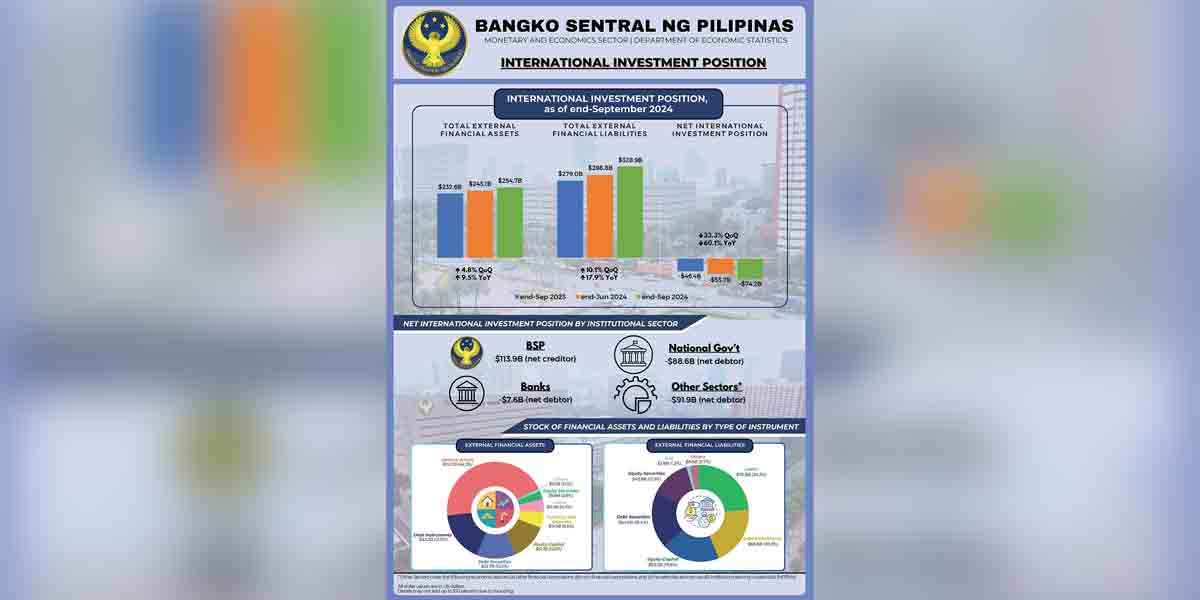By Mariela Angella Oladive
As 2024 ends, Western Visayas faces critical challenges heading into 2025.
Among these are a persistent classroom shortage, rising HIV cases, increasing gender-based violence, and economic struggles brought by inflation. Each issue demands comprehensive solutions and collaboration from local and national governments, along with active community involvement.
Classroom Crisis: Urgent Need for Prioritization
Education remains a pressing concern in Western Visayas, with the region needing over 14,000 additional classrooms, according to the Department of Education (DepEd)-6.
The current 62,263 instructional classrooms, of which only 8,220 are in good condition, are insufficient for the growing student population.
As Regional Director Dr. Ramir Uytico described, addressing this issue is a “prioritization game,” with budget constraints limiting progress.
Efforts such as classroom construction and partnerships with local government units (LGUs) are ongoing but remain inadequate to fully meet demand.
In 2025, resolving the shortage will require sustained investments, long-term planning, and innovative approaches to ensure quality education infrastructure.
HIV Awareness and Prevention
The region’s fight against HIV is another critical concern, with over 7,000 individuals still undiagnosed and many lacking treatment.
The Department of Health (DOH) highlights the need for early testing and awareness, particularly among young people engaging in high-risk behaviors.
DOH-CHD-6’s Joseph Carlo Carillo emphasized delays in HIV testing among young individuals, noting it often occurs long after potential exposure.
Initiatives such as self-test kits and Pre-Exposure Prophylaxis (PrEP) distribution are positive steps, but reducing stigma and expanding access to services remain challenges.
In 2025, government and non-governmental organizations must intensify efforts to promote early testing, improve awareness, and ensure timely treatment.
Gender-Based Violence: Rising Cases Demand Action
Gender-based violence (GBV) cases increased by 57% in the first nine months of 2024, with most victims being women.
The Department of Social Welfare and Development (DSWD)-6 attributes this rise to systemic societal failures and inadequate local interventions.
While temporary shelters and case management services are available, Regional Director Arwin Razo underscored the need for community-based prevention strategies.
Addressing GBV requires proactive measures such as educational programs, strengthened LGU support, and addressing the root causes of violence, including social inequality and economic hardships.
In 2025, shifting from reactive responses to preventive approaches will be critical in reducing GBV and protecting at-risk populations.
Inflation: Economic Strain on Families
Inflation remains a significant challenge, with Western Visayas recording a 3.4% inflation rate in September 2024, the highest outside Metro Manila.
Rising food prices, particularly for staples like rice, vegetables, and meat, continue to strain household budgets.
The region’s reliance on agriculture and vulnerability to global supply chain disruptions have exacerbated inflation’s impact.
Addressing inflation in 2025 will require stabilizing prices, improving agricultural productivity, and implementing measures to ease the economic burden on families.
Western Visayas faces an array of interconnected challenges as it moves into 2025.
Education, public health, gender-based violence, and economic stability remain at the forefront of the region’s priorities.
Coordinated action, innovative solutions, and community engagement will be essential in addressing these issues and ensuring sustainable development for the region.


















